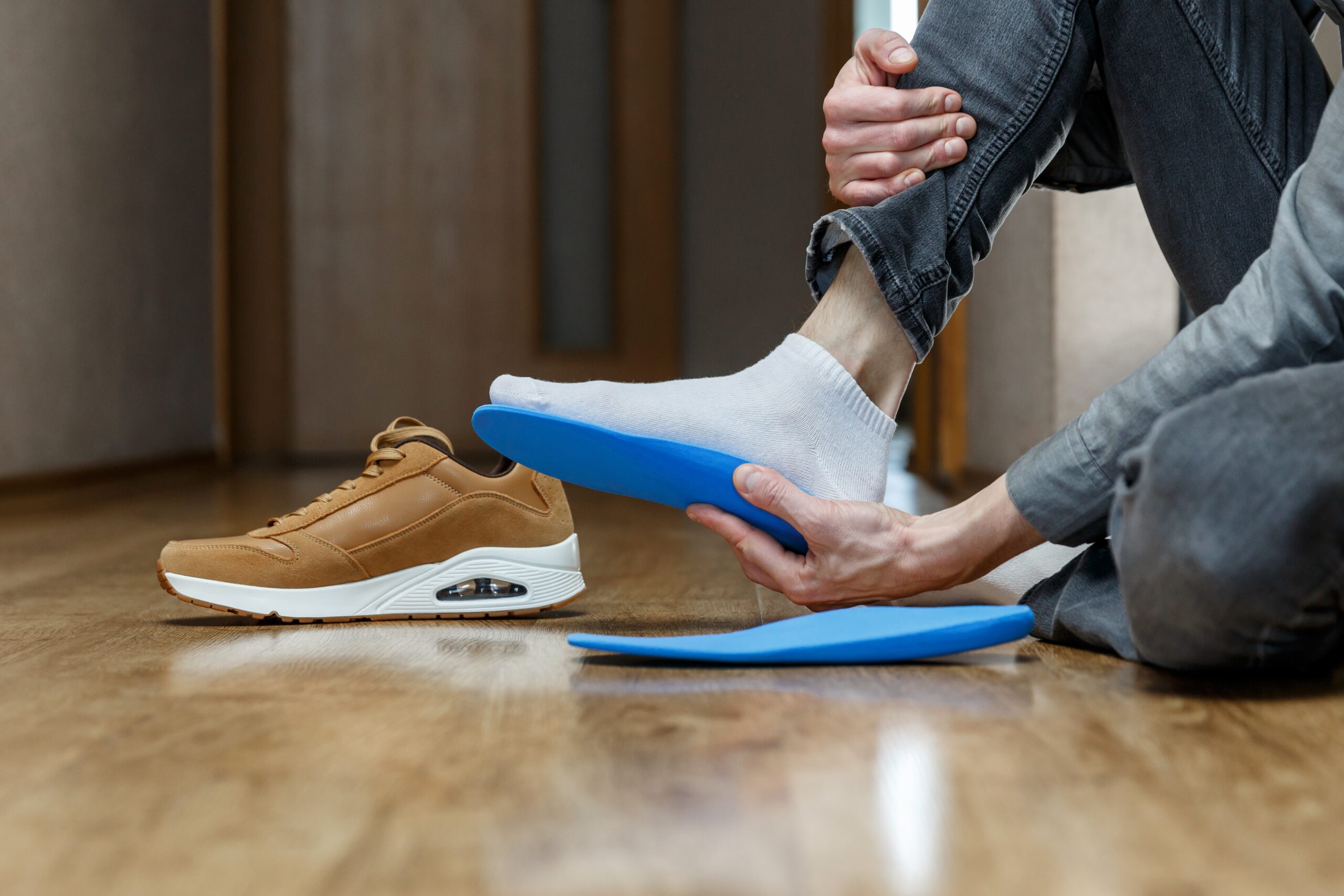Footwear plays a crucial role in not just the health of your feet, but your overall well-being. Wearing the wrong shoes can lead to a myriad of foot problems, including bunions, corns, calluses, and more severe conditions like plantar fasciitis and Achilles tendonitis. Understanding how to choose the right footwear is essential, and who better to guide us than podiatrists? In this blog, we share expert advice on selecting the best shoes for your feet, ensuring both comfort and support.
Understanding Foot Mechanics
Before diving into shoe selection, it’s vital to understand your foot type. Feet generally fall into three categories: flat (low arch), neutral (normal arch), and high arch. Your foot type significantly influences the kind of support you need from your shoes.
Tips for Choosing the Right Shoes
- Know Your Foot Type: Use the “wet test” to determine your arch type. Wet your foot, step onto a piece of paper, and observe the imprint to identify your arch height. This knowledge will help you find shoes with the right support.
- Look for Good Arch Support: Shoes with proper arch support help distribute pressure evenly across your feet, reducing stress on the plantar fascia.
- Ensure a Comfortable Fit: Your shoes should have enough room for your toes to move freely, without excessive space that allows your foot to slide around. There should be about a thumb’s width of space between the front of the shoe and your longest toe.
- Check for Cushioning: Adequate cushioning in the shoe can absorb impact, reducing stress on your feet and joints. However, too much cushioning might not provide enough support, so find a balance that works for your specific needs.
- Consider Activity Type: The shoes you wear should be suitable for the activity you’re engaging in. Running shoes, for example, are designed differently from walking shoes, focusing on forward motion and impact absorption.
- Prioritize Quality Over Style: While it’s tempting to choose shoes based on looks, comfort and support should be your primary concerns. High-quality shoes designed for foot health are a better investment in the long run.
- Opt for Breathable Materials: Shoes made from breathable materials, like leather or mesh, can help keep your feet dry and prevent fungal infections.
- Try Shoes on in the Afternoon: Your feet naturally expand throughout the day, so trying on shoes in the afternoon can help ensure a more accurate fit.
- Wear the Right Socks: Bring the socks you plan to wear with the shoes when trying them on to ensure a proper fit.
- Replace Shoes Regularly: Don’t wait for your shoes to fall apart before replacing them. Worn-out shoes lose their support and cushioning, which can lead to foot problems.
Special Considerations for Specific Conditions
- Flat Feet: Look for shoes with structured support and motion control to stabilize your feet.
- High Arches: Cushioned shoes with a softer midsole can help absorb shock, providing relief for high arches.
- Plantar Fasciitis: Shoes with strong arch support and a slightly raised heel can reduce strain on the plantar fascia.
When to Consult a Podiatrist
If you have existing foot conditions or experience pain when wearing certain types of shoes, it’s wise to consult a podiatrist. They can offer personalized advice, recommend specific shoe features, and even prescribe orthotics if needed.
Conclusion
Selecting the right footwear is more than just a fashion choice; it’s a decision that can impact your overall foot health and comfort. By following these tips from podiatrists, you can make informed decisions about your shoes, ensuring they provide the support and protection your feet need. Remember, the best shoe for you is one that fits well, supports your foot type, and suits your lifestyle and activities. Always prioritize your foot health to maintain your mobility and quality of life.

